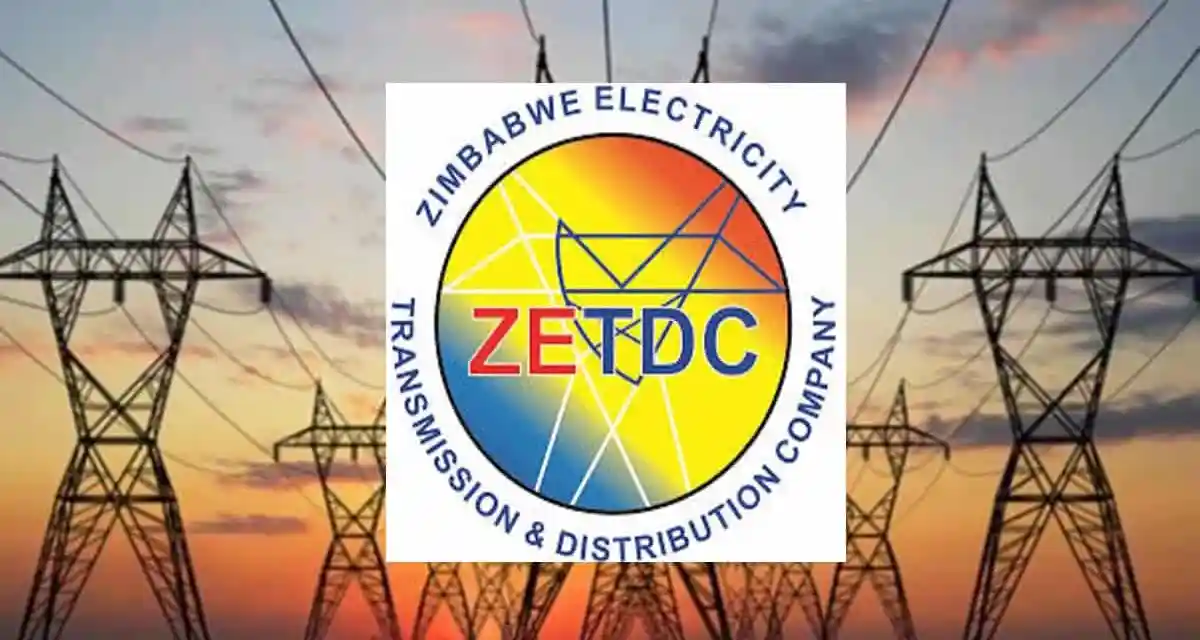The Zimbabwe Power Company (ZPC), a subsidiary of Zimbabwe Electricity Supply Authority (Zesa), recently restored Unit 6 of the Hwange Thermal Power Station, injecting approximately 150 megawatts (MW) into the national grid. Another unit, generating 100MW, is anticipated to resume operation within the next fortnight.
Both units underwent routine maintenance, and their reactivation is poised to augment national power generation capacity, alleviating the current shortfall exacerbated by dwindling water levels at Kariba Power Station.
To preempt potential power deficits, the government greenlit the implementation of a utility-scale battery storage system (USBSS), designed to store surplus electricity during off-peak hours and release it during peak demand periods, thereby enhancing grid stability. The USBSS is projected to be operational by September 2024.
ALSO READ: Lupane Man Raped Three-Year Old Girl
Minister of Energy and Power Development, Edgar Moyo, highlighted that the reconnection of the two units at Hwange is expected to boost daily power generation to approximately 1,500MW, addressing a portion of the existing deficit.
Additionally, independent power producers contribute an average of 80MW daily to the local power supply. Despite this progress, the nation still faces a shortfall of about 200MW, which may necessitate load shedding and increased imports.
Plans are underway to install the first USBSS by September 2024, aiming to mitigate the adverse effects of reduced generation capacity caused by low water levels in Lake Kariba.

For comments, Feedback and Opinions do get in touch with our editor on WhatsApp: +44 7949 297606.


